
If the term “never leave home without it” applied to any one material item or product, it would have to be the smartphone. Some estimates suggest the average user looks at their smartphone screen as many as 1,500 times per week. Travelling without a handset in tow seems to be getting increasingly difficult, simply because of everything it can do. From taking photos at some exotic locale, uploading them to Instagram and messaging friends and family back home, the smartphone is a versatile tool anywhere and everywhere.
It’s pervasive virtually anywhere you go now. It doesn’t matter what city, country or continent — it’s easy to find people toting mobile devices. And it’s easy to understand why, considering that an entire trip could realistically be documented and archived using a smartphone.
When in roam …
Of course, being connected at all times can make a huge difference. You may not need a data connection to snap photos or video, but you will need some sort of connection to share that content. Wi-Fi is always good to find in any place you’re visiting because it’s usually free. But if you want to have connectivity at all times, you have a few options.
Rogers now offers Roam Like Home for any customers on Share Everything plans, covering the United States and 35 European countries. The breakdown is pretty simple: you get to use your Rogers voice and data plan as you normally would, paying $5 per day for up to 10 days, maxing out at $50. If you still need it beyond that, you can do so at no extra cost until your next billing cycle kicks in.
Other carriers don’t offer anything quite like that, but there are various “packs” you can purchase for texting or data while away. Some of them are even country-specific. Best Buy Mobile has the lowdown on how all of these work.
You could also opt for a third-party alternative, like a local SIM card in the country you’re visiting. The only inconvenience in doing that is that you’d have a different phone number, but since contacts are usually stored on the phone itself, you would still know who to get in touch with without having to remember phone numbers.
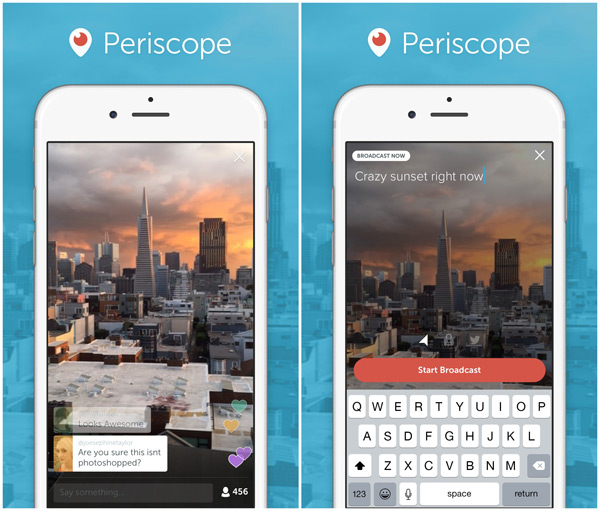 Fire at will
Fire at will
Photo and video quality has grown by leaps and bounds in the last few years, where even mid-range devices are capable of shooting great images and footage. It’s become standard now, where any moment, subject or scenery can be captured on a whim. The default camera apps that come with most phones are fine, but you can go much further with third-party apps that allow you to add filters, effects, text and much more. VSCO Cam, Camera+, Nutshell, Game My Video and Snapseed are ones I tend to like. And, of course, Instagram is one of the biggest.
More phones now also support manual settings. They may seem intimidating at first, but play around with them and you can understand how photos are impacted by things like shutter speed, ISO, white balance and manual focus. These can come in handy for difficult shots where shadows and bright spots may be too saturated, or when lighting is too dim.
You may also consider lens attachments that can give your phone an imaging boost. The Olloclip is a good example of a multi-lens unit that is easy to carry around and apply when you need it on an iPhone 5s. There are also plenty of other magnifiers, including some that work with the iPhone 6 and 6 Plus.
Not to be forgotten is the video side of this equation. Periscope and Meerkat have made livestreaming very popular, and a new Canadian app called Yeplive has entered the fray, too. Bear in mind that uploading live video does require fast bandwidth, so you will definitely need some sort of data plan that can support doing that while travelling. Within Canada is no problem, but once you venture out to a foreign land, you will need to have a plan for doing that.
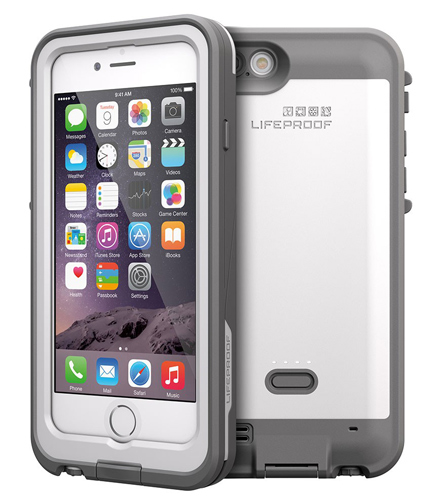 Going deep
Going deep
Part of what makes smartphones so versatile is the accessories. A waterproof case is one way to keep the device — and its camera — in play while splashing around a pool. I wouldn’t recommend using the case in saltwater, but it is possible. Just don’t keep it submerged for too long, and make sure to rinse it with clean water as soon as you can. This stops salt and sand from seeping through the gaskets of the case and getting into crevices of the device inside.
I’ve personally used LifeProof cases myself and can attest to their quality. They look nice, have a thin profile and do a good job protecting the iPhone. Just be careful when putting the phone in or taking it out. There is also a general one from DryCase that can work with any phone, though it’s more of a cover than a case.
If playing music is also important on the road, and size matters, Bluetooth speakers have gone more and more portable as of late. Some of these are small enough to easily fit in a carry-on bag, much less a suitcase. And it doesn’t really matter if you want to play your tunes in the hotel room, at the beach, or on a camping site. Some offer all-day battery life, which is great for keeping the music going for hours at a time.
And last but not least, travelling can include a fair bit of exercise. Consider an activity tracker or smartwatch to take with you to keep tabs of where you went, how much you walked and how many calories you burned doing it.
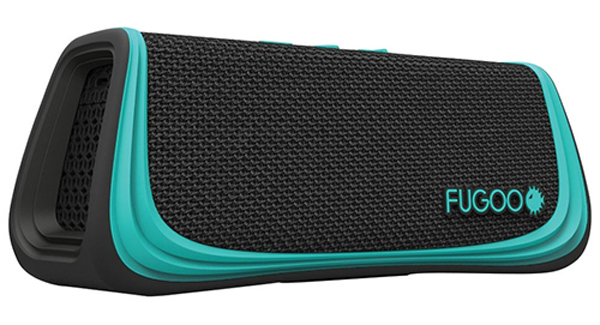
Protect your data
If you have access to good Wi-Fi wherever you’re staying, it’s always a good idea to back up your photos and video to a cloud provider, like Dropbox, OneDrive, iCloud, Google Drive and several others. This is as a precaution in case something happens to your phone, or in the worst case, it’s lost or stolen.
Make sure to turn on Activation Lock via iCloud on your iPhone. And use Android Device Manager on your Android smartphone. BlackBerry and Windows Phone have similar tracking software, too.

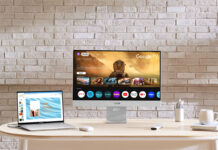

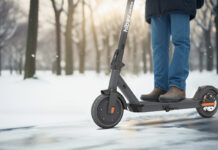
When going to the USA…. also consider “Roam Mobility”. It’s a Vancouver company who created a great package for Canadians travelling to the states.
Comments are closed.